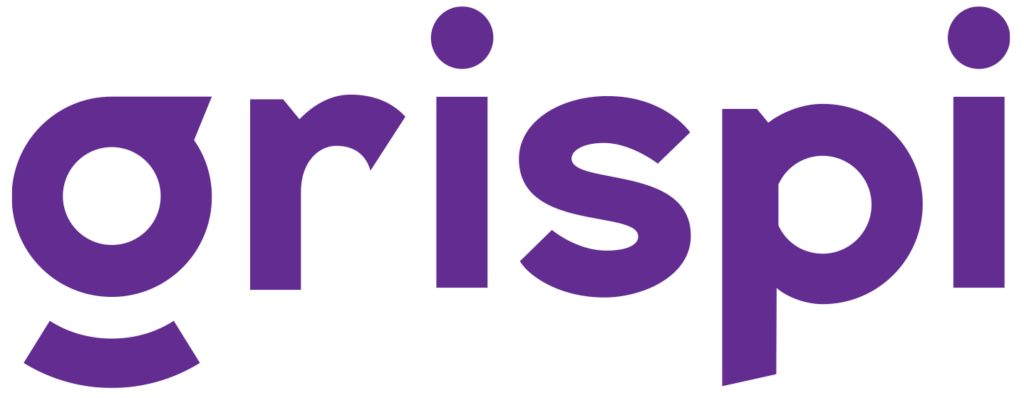15 Customer Success Metrics That Actually Matter
- April 30, 2024
In this article, we explore 15 customer success metrics that genuinely make a difference, offering insights into how each one contributes to building strong, long-lasting customer relationships.
The 15 Customer Success Metrics
In the realm of customer success, identifying and tracking the right metrics is essential for ensuring long-term satisfaction and loyalty. Below are 15 critical metrics that can shed light on the effectiveness of your customer success initiatives:

1. Customer Churn Rate
This metric reflects the percentage of customers who stop using your product or service within a given timeframe. It serves as a key indicator of customer dissatisfaction or product-market misalignment.
Tracking churn helps uncover patterns and enables proactive steps to reduce customer attrition and improve retention.
2. Customer Retention Rate
Retention rate represents the percentage of customers who continue using your offering over time. A consistently high retention rate signals strong customer loyalty and satisfaction.
Focusing on retention allows businesses to drive sustainable growth, maximize revenue, and cultivate deeper customer relationships.
3. Net Promoter Score (NPS)
NPS gauges customer loyalty by asking how likely customers are to recommend your product or service. It offers valuable insights into customer sentiment and brand advocacy.
A strong NPS reflects a loyal customer base willing to promote your brand, while a low score highlights areas needing attention and improvement.
4. Customer Satisfaction Score (CSAT)
CSAT measures how satisfied customers are with a specific interaction—be it a support session, delivery, or purchase.
By gathering feedback at key touchpoints, businesses can pinpoint areas of excellence and address pain points promptly to improve overall experience.

5. Customer Lifetime Value (CLV)
CLV estimates the total revenue a customer will bring over the course of their relationship with your business.
Understanding CLV enables smarter decisions around customer acquisition costs, marketing investment, and retention strategies focused on high-value segments.
6. Renewal Rate
This metric captures the percentage of customers who renew subscriptions or contracts. It’s a vital sign of product value and customer satisfaction in recurring revenue models.
High renewal rates signal strong ongoing engagement, while declines can highlight emerging risks that need immediate attention.
7. Expansion Revenue
Expansion revenue tracks the additional income from existing customers through upsells, cross-sells, or account upgrades.
Monitoring this metric helps identify growth opportunities within your current customer base, enhancing both revenue and loyalty.
8. Time to Value (TTV)
TTV refers to the time it takes for a new customer to experience meaningful value from your product or service.
Reducing TTV accelerates satisfaction and strengthens the onboarding experience—ultimately improving adoption and long-term retention.
9. Customer Effort Score (CES)
CES assesses how easy it is for customers to achieve their goals when interacting with your company.
Simplifying customer interactions enhances satisfaction and loyalty, making it crucial to minimize friction across all touchpoints.

10. Usage Metrics
Usage metrics evaluate how customers engage with your product—frequency, feature adoption, session duration, etc.
Analyzing these behaviors helps inform product development, identify adoption gaps, and tailor support to boost engagement.
11. Customer Health Score
This score aggregates data like product usage, support tickets, and feedback to provide an overall view of account health.
A solid health score system allows teams to detect churn risks early and intervene with timely, data-driven actions.
12. Customer Engagement
Engagement tracks customer interaction with your brand—such as email clicks, event participation, or community activity.
Fostering engagement through personalized content and community-building initiatives deepens relationships and promotes brand affinity.

13. Customer Feedback & Sentiment Analysis
By collecting and analyzing customer feedback, businesses can evaluate satisfaction levels and emotional sentiment.
Sentiment analysis tools help uncover unstructured insights at scale, empowering continuous improvement in product and service delivery.
14. Customer Support Metrics
These metrics assess the performance of your support team—covering response times, resolution efficiency, and customer feedback.
Improving support metrics directly impacts satisfaction and helps deliver consistent, high-quality service experiences.

15. Customer Referrals and Advocacy
This metric evaluates how likely customers are to refer your business or advocate for your brand.
Encouraging referrals through outstanding experiences and incentive programs helps drive organic growth and builds a loyal ambassador base.
In today’s customer-centric landscape, these 15 metrics act as a strategic compass, guiding companies toward stronger relationships and sustainable growth. By consistently tracking and optimizing these areas, organizations can unlock deeper insights, elevate the customer experience, and deliver long-term value.
Contact Us
Fill out the form for detailed information and demo account, let us call you.
